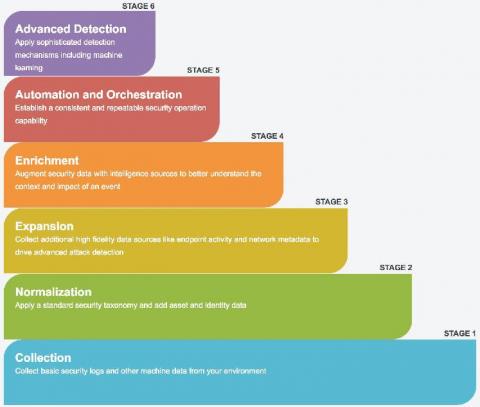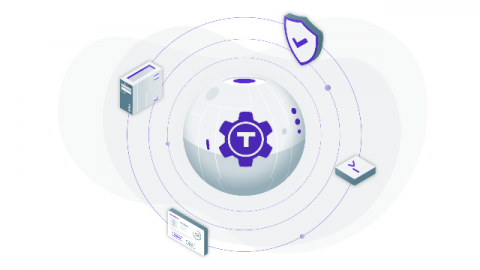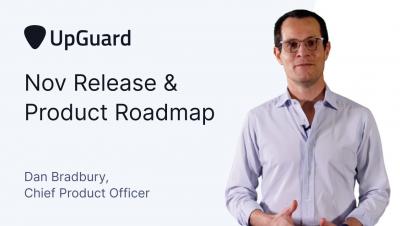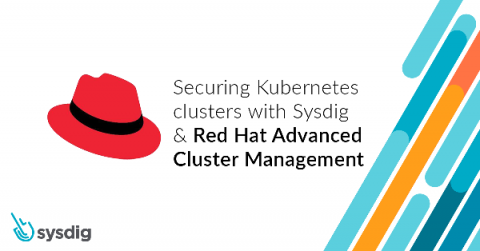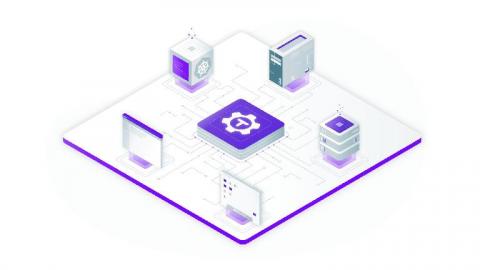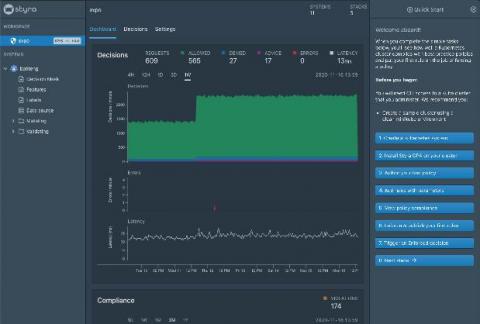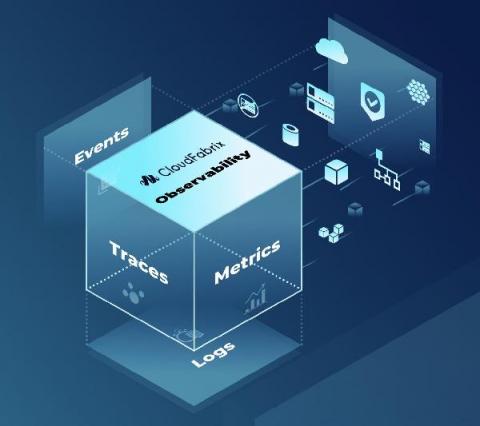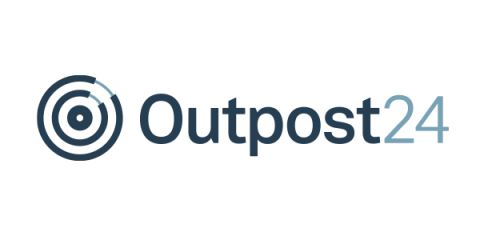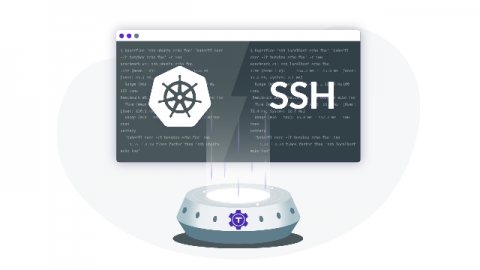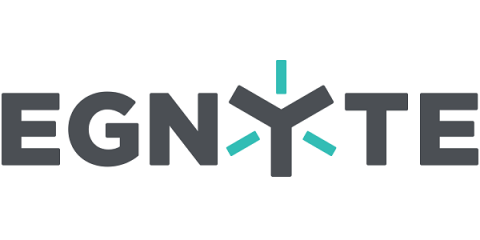Something Else To Be Thankful For: Splunk Security Essentials 3.2.2
Well, it’s been a while since you read a blog dedicated to the latest release – okay, the latest several releases – of Splunk Security Essentials (SSE). We have been busy behind the scenes, however, so let’s catch you up on SSE’s latest features, which include the new version of our content API, and externally with updates from MITRE and the release of ATT&CK v7.2 (with Sub-Techniques) and ATT&CK v8.


